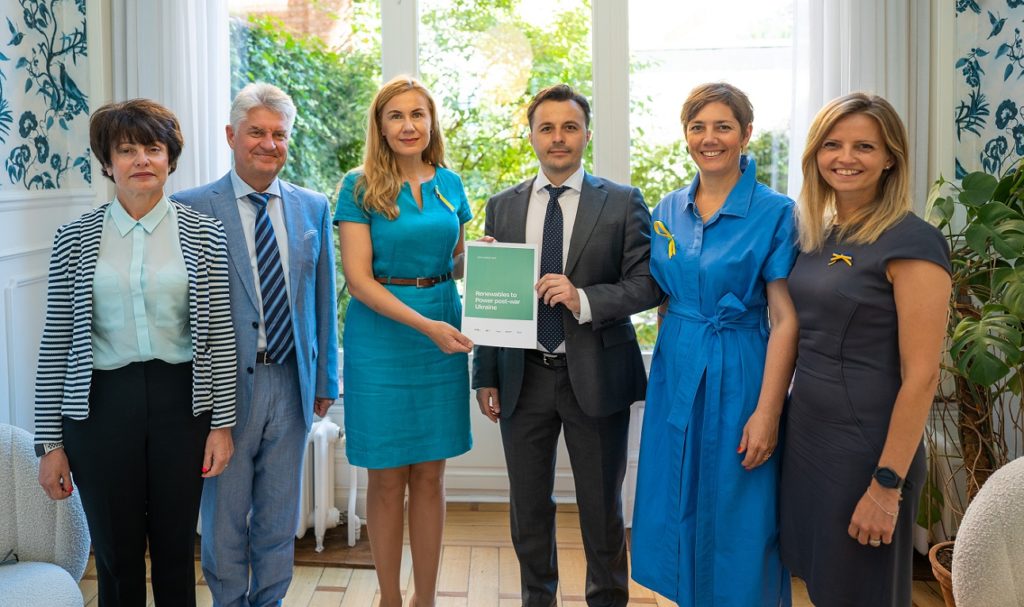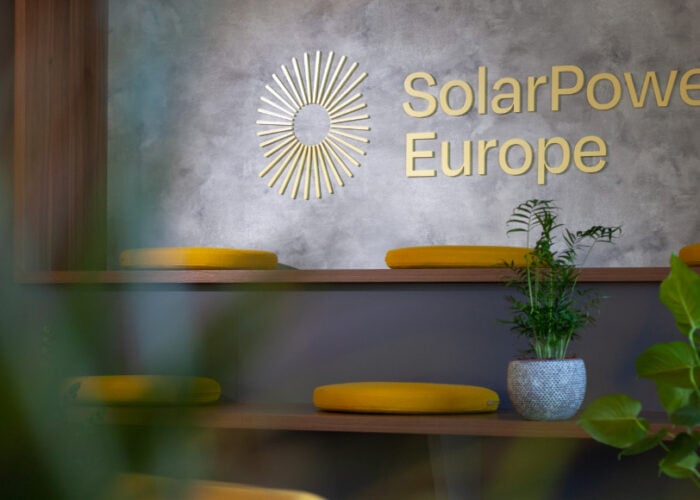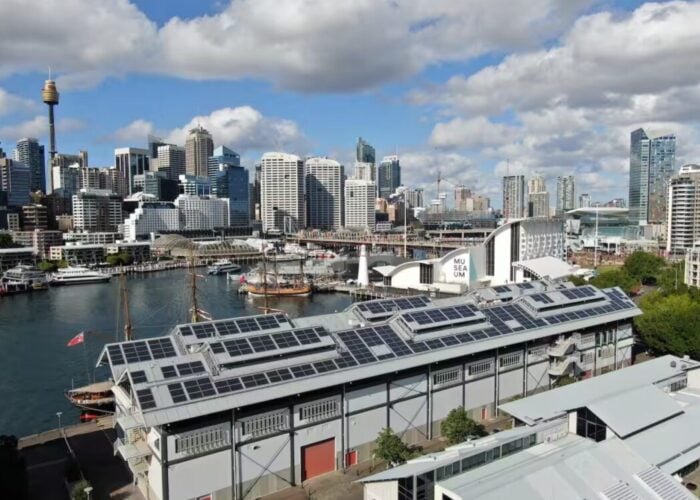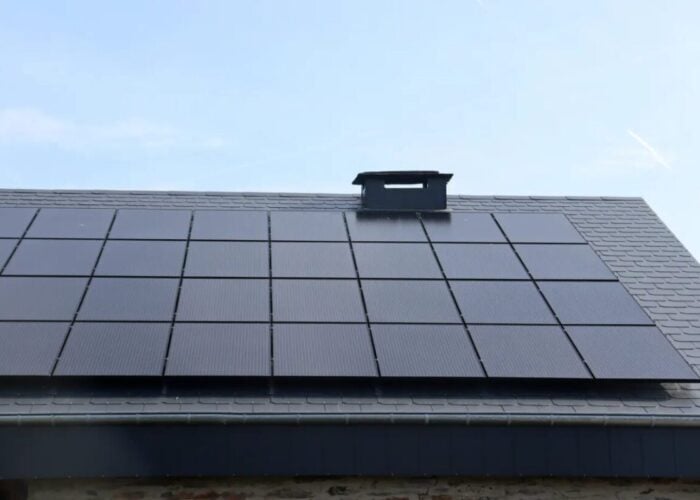
European and Ukrainian solar trade associations have called for Ukraine’s post-war recovery to be based on renewable energy, urging the country’s leaders to set a target of at least 50% of renewables in electricity production by 2030.
To achieve this target, European Union and Ukrainian policymakers should set up a technological and investment partnership as well as a ‘renewables for Ukraine’ vehicle as part of the country’s reconstruction, wrote SolarPower Europe and the Solar Energy Association of Ukraine, alongside wind trade bodies.
Try Premium for just $1
- Full premium access for the first month at only $1
- Converts to an annual rate after 30 days unless cancelled
- Cancel anytime during the trial period
Premium Benefits
- Expert industry analysis and interviews
- Digital access to PV Tech Power journal
- Exclusive event discounts
Or get the full Premium subscription right away
Or continue reading this article for free
“Disentangling Europe and Ukraine from Russian fossil fuels will free Ukraine, and the continent, from energy as geopolitical leverage,” they said in a joint statement, published to coincide with an event held yesterday attended by the EU’s energy commissioner, Kadri Simson, and in the online presence of Ukraine’s energy minister, German Galushchenko.
The associations called for the 50% renewables target to be reached through a combination of rooftop and ground-mount solar as well as onshore and offshore wind.
“We see right now how solar supports the Ukrainian grid’s resilience – the flexible nature of solar decreases the vulnerability of the energy supply to attack, with solar keeping the lights on in parts of Ukraine,” said Artem Semenyshyn, CEO of the Solar Energy Association of Ukraine.
“A mandatory solar rooftop programme to support rebuilding homes would enable lowest cost and clean power security for Ukraine’s citizens.”
In 2019, pre-pandemic and invasion, Ukraine was the third fastest-growing solar market in Europe, according to SolarPower Europe, which said the share of renewables in the country’s electricity production was more than 8% at the end of 2021.






